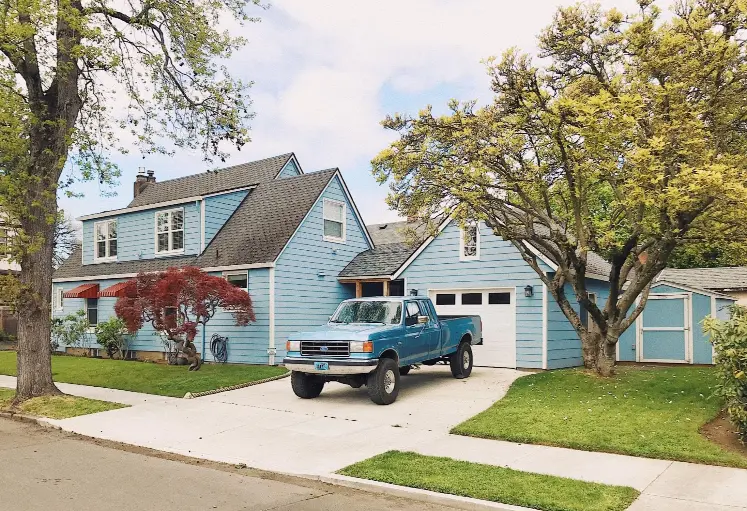
Your driveway is more than just a path for your car; it is an important aspect of the overall appearance of your house. Mold and algae on the paving not only look ugly, but they are also extremely slippery, which can result in serious accidents, especially if you have elderly or children living in your home. Mold and mildew can grow on driveways, patios, and steps when the weather is damp and cold. It can also grow in areas where there is less sunshine. Concrete, with all of its holes, crevices, and pores, provides an excellent growing environment for mould.
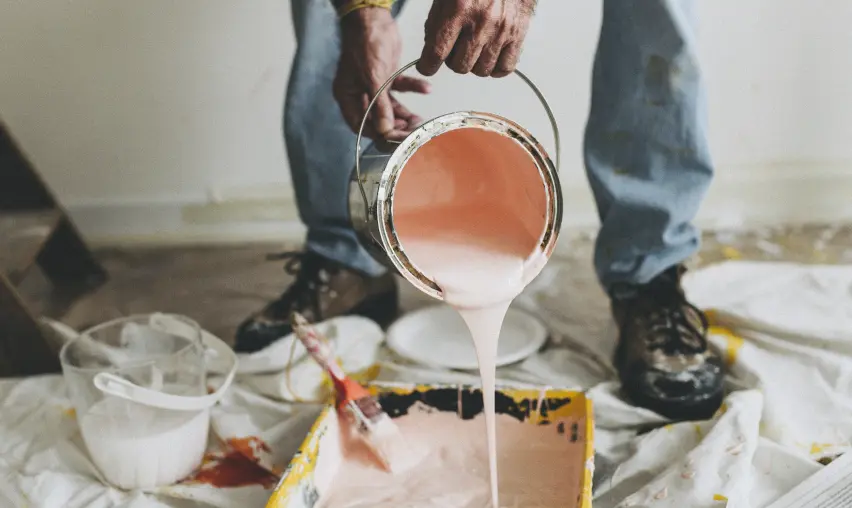
Mold thrives in small cracks or grooves in concrete, brick, or asphalt because it can survive and grow in moisture. When you apply concrete sealers and coatings on the surface, you’re adding a protective layer. This layer acts as a barrier against water and stops moisture from penetrating the surface. Mold and mildew find it difficult to grow on dry surfaces.

Even before cleaning the pavement, try to expose the affected areas to sunlight. Mold and algae can’t thrive in dry heat, so cut away as many bushes and tree branches as you can to let the sun through. Make sure to clear away the fallen leaves too. Increased exposure to the sunlight will also help to prevent mold from returning once you’ve cleaned the pavers.
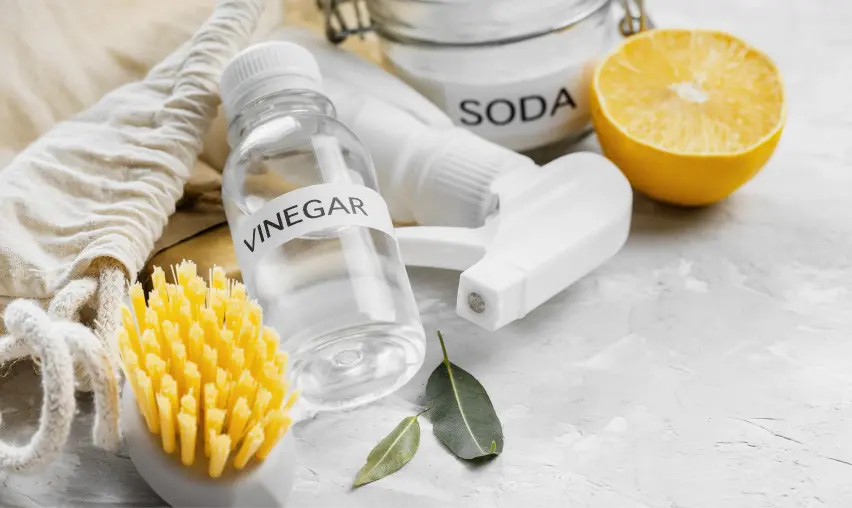
Allowing water to collect on the concrete is not a good idea. Remove all traces of water with a broom or mop as soon as possible. Determine the source of the water and take steps to prevent it from collecting again. Make sure that water from a gutter or the roof of the house isn’t dripping onto the driveway. Any plants or tree limbs that are touching or hanging over the area should be removed or clipped back.
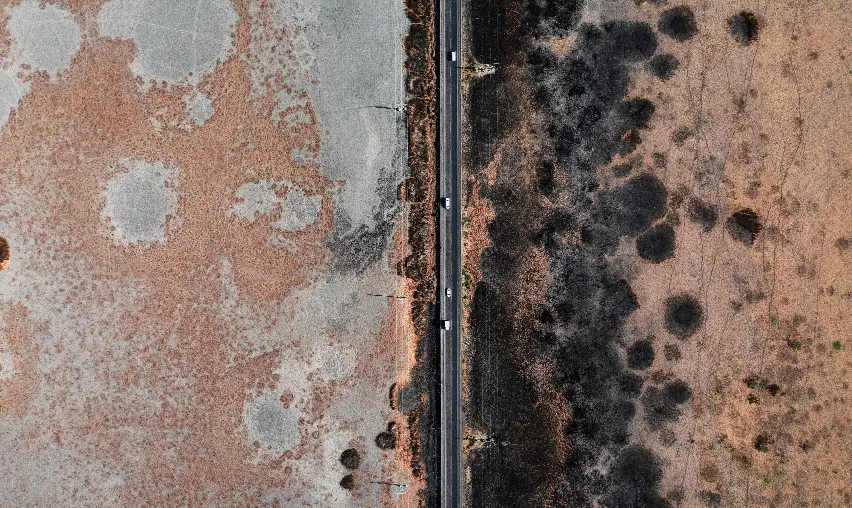
Any sign of mold should be removed as soon as possible. Take steps to get rid of it as soon as you see it. It will quickly spread and take root in the joint sand if left untreated. Once it begins to spread, getting rid of it becomes considerably more difficult and time-consuming. The removal of the mold may then affect the concrete, necessitating expensive repairs.
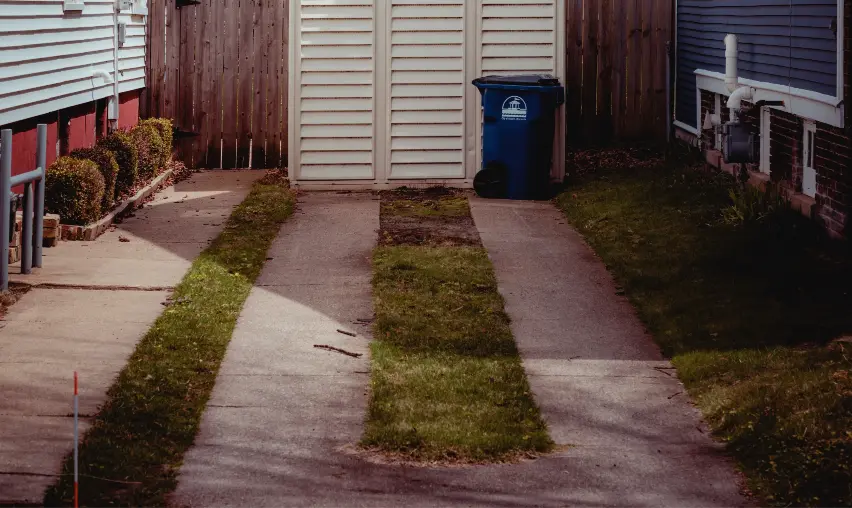
Keeping your driveway, patio, or concrete walkway free of trash and soil is another crucial step in preventing concrete mold. Clean the filth from your concrete surface with a solution of half a cup of detergent per gallon of water to prevent mold formation. At the same time, there are commercial mould prevention treatments that you may buy and apply to your concrete to prevent mold growth.
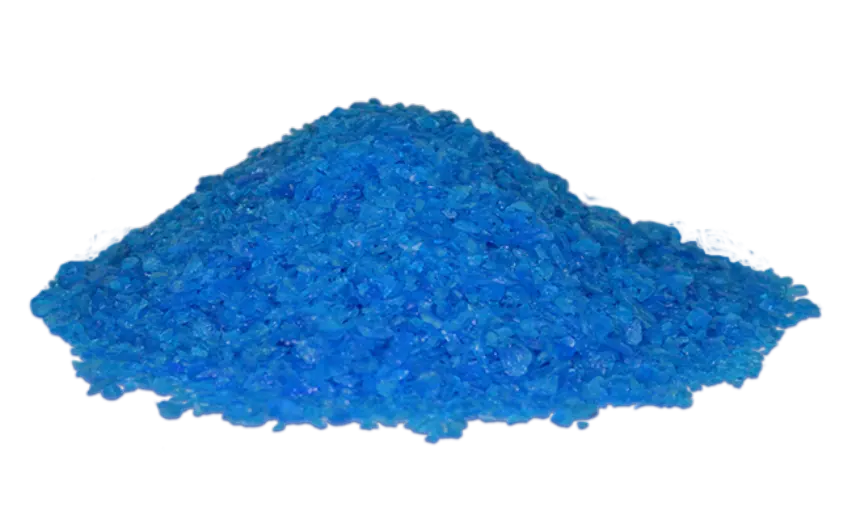
Copper is a biocide that is natural and safe for use. You can use it without fear of damaging the environment. Although copper sheets cannot be used to cover your patio, a liquid copper solution can be sprayed on and absorbed into the concrete pavers’ top surface. The annoying green and black creatures will be halted in their tracks by this copper. Buying copper sulphate crystals is the simplest way to apply copper.
If you live on a rented property, then a thorough cleaning of the driveway is necessary to ensure the full refund of bond money. For this, it is better to hire a reputed bond cleaning company to do it for you.